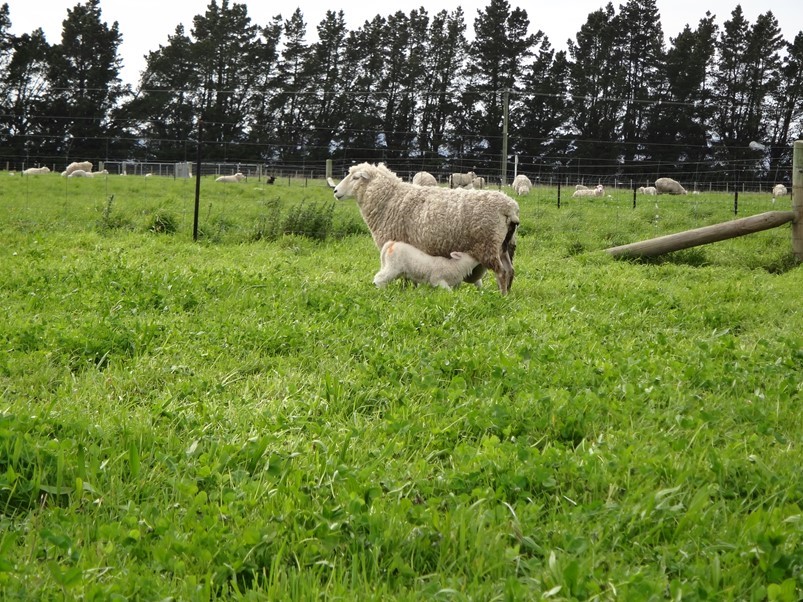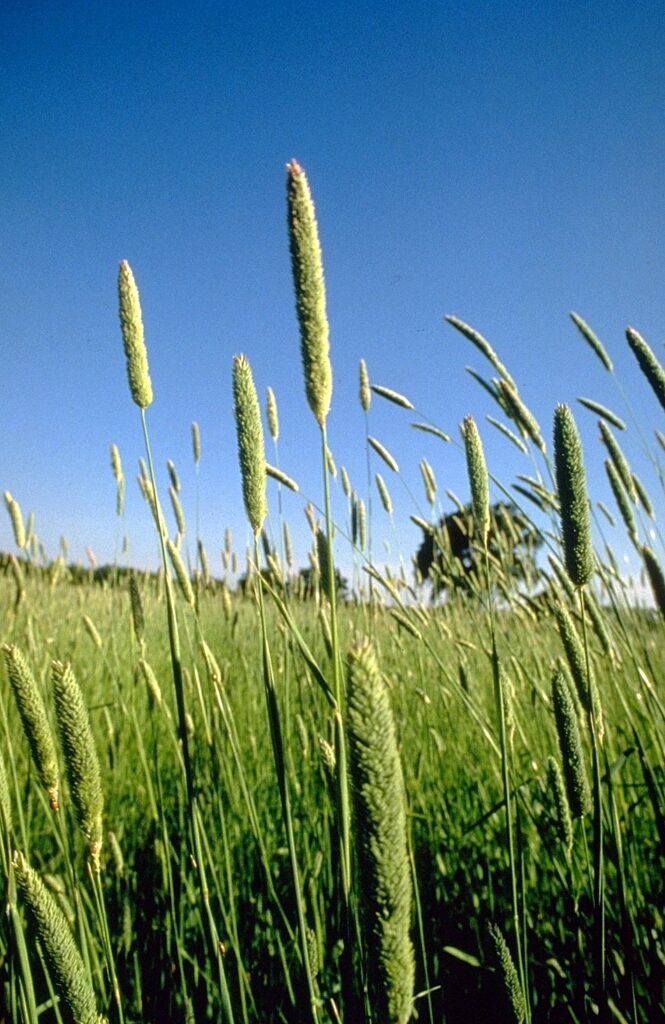Clover Report 1938
SUBTERRANEAN CLOVER.
Carrying Capacity Trebled.
West Australian
1 July 1938 – P9
KATANNING, June 27 – The cultivation and establishment of subterranean clover pastures in the Katanning and surrounding districts, where some of the State’s best stud sheep are grown, and practically every farmer carries a flock of comparatively heavy cutting Merinos, is passing from the realm of experimentation to one of acknowledged surety of return.
Although one might expect to find subterranean clover almost universally established in the Katanning district because of its ability to increase the stock carrying capacity of the land, investigation has shown that many have failed to introduce this fodder to supplement to their pastures. On the other hand, some have been using it up to the past 15 years and now have illuminating achievements to show for their foresight.

Subterranean Clover
Earlier Errors.
It is generally believed that the hesitancy of some farmers to cultivate subterranean clover extensively is due to lack of success encountered in the past by those who were not familiar with its requirements. Among the causes of failure were (1) planting the wrong variety (mid-season instead of first early), (2) planting too deeply, (3) insufficient topdressing, (4) possibility of bacteria deficiency, which now can be remedied by treatment of seed and (5) over-stocking.
Since the right methods have become known and definite results have been achieved, the value of subterranean clover is gradually being acknowledged and increased quantities of seed are being sold throughout the district every season.
One of the most enthusiastic advocates of subterranean clover in the district, and one who can show some of the most illuminating results, is Mr. P. H. Crossley, a well-known member of the Great Southern Sheepbreeders’ Association, whose stud property, Clifden, is situated about 17 miles north of Katanning, in the Cartmeticup area. He first experimented with clover about 15 years ago, but through using late maturing variety, found himself richer in experience but no better off for pasture at the end of two years. Then he obtained five lb. of special early seed, which was sown on a 20-acre paddock at the rate of four ounces to the acre. Compared with the rate of sowing used nowadays, this seems ludicrous, but this paddock is still one of the best pastures on Clifden. Normally it carries 30 sheep, and every year since it became established, never less than 80 stud ewes have been lambed down upon it. Time and time again, the paddock has been harvested for burr, but the supply of seed available seems inexhaustible.
Clover Transformation.
Clifden may be termed an average property. It contains rich valleys and uplands, gravelly rises and hard clay, land that quickly responds to cultivation, and land that would daunt the most optimistic farmer. By 1936 through the cultivation of subterranean clover, it had been increased from “three acres to the sheep country” to a sheep per acre and a half.
Mr. Crossley now has 1,400 acres of subterranean clover and says that the original carrying capacity of the land has been easily trebled. Added to this, it must be realised that his stud flock, which considerably exceeds 1,000 must be provided for on more generous lines than his ordinary flock sheep. This year, when conditions were below average, the same number of sheep were carried, and the clover proved a wonderful stand-by for the stud sheep. As he gathers the clover seed for sale, Mr. Crossley top-dresses his clover with superphosphate at the rate of 601b. or more per acre every year.
Trebled Wool Yield.
A property on which the same remarkable results have been achieved by large scale cultivation of clover is that of Messrs. Thorn and Champness, 25 miles west of Katanning and 12 miles south-east of Kojonup. Their property, taken over eight years ago, originally comprised 3,700 acres, but was augmented two years ago by the purchase of adjoining 2020 acres. The first clip on the original property was 25 bales of wool, and that on the second property 15 bales, the number of sheep shorn being 900 and 600, respectively. Last year they obtained 126 bales from the two properties, and this year, with a flock of 4,800 sheep including lambs, they expect 150 bales. Subterranean clover was largely responsible for this remarkable transformation, and even now the owners do not consider the property Is at the peak of its carrying capacity.
They estimate it will carry 6,000 sheep when fully improved. The total area cleared on the entire property is 4,770 acres, excluding 380 acres cleared this year and not yet carrying sheep. With 4,750 acres under subterranean clover, the property is carrying 4,800 sheep, 30 draught horses, and 150 bacon pigs. This is a remarkable achievement for a completely short space of time and illustrates only one of the many transformations which have taken place in the Kojonup district, where the rainfall is heavier than in the Katanning and eastern districts. Messrs. Thorn and Champness use about 150 tons of super annually for top-dressing.

Phalaris tuberosa
or Perennial canary grass
Little progress has been made in the Katanning district in supplementing clover by the establishment of blade grasses in order to acquire a balanced ration, although several farmers have experimented with that object. According to the District Agricultural Adviser, Mr. A. S. Wild, Phalaris tuberosa or Perennial canary grass is perhaps the most promising perennial grass for the Great Southern districts, because once established it is very resistant to drought and stocking conditions, and the plant makes good growth during the colder months. It makes slow growth during the first year and is affected by weed competition, so that carefully prepared land must be used. Phalaris can be planted with subterranean clover at the rate of three lb. per acre with two lb. of clover, but on no account should it be sown with a cereal crop; A plot of land at Messrs. Ball Bros. Glenalbyn property has been planted with Phalaris tuberosa in association with subterranean clover, and its growth is being watched with interest. The grass also has been established in small quantities throughout the Kojonup district, but its price of 3/6 per lb. debars it from being sown extensively.
Clover Report 1938. Clover Report 1938. Clover Report 1938. Clover Report 1938.
